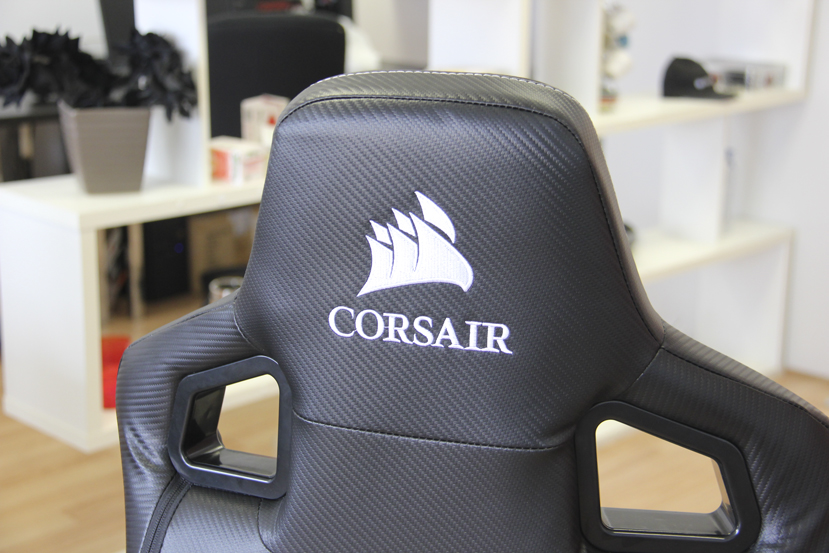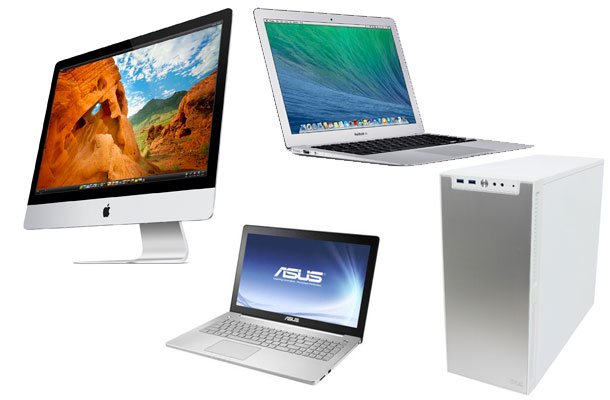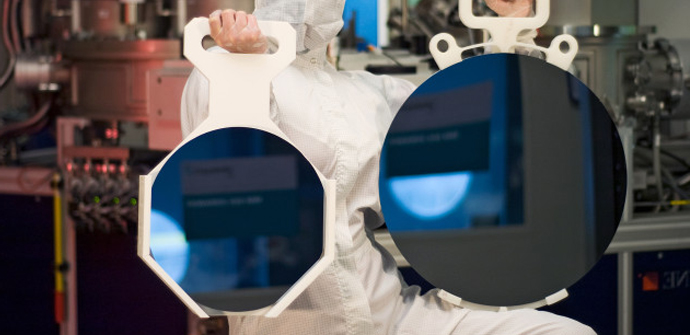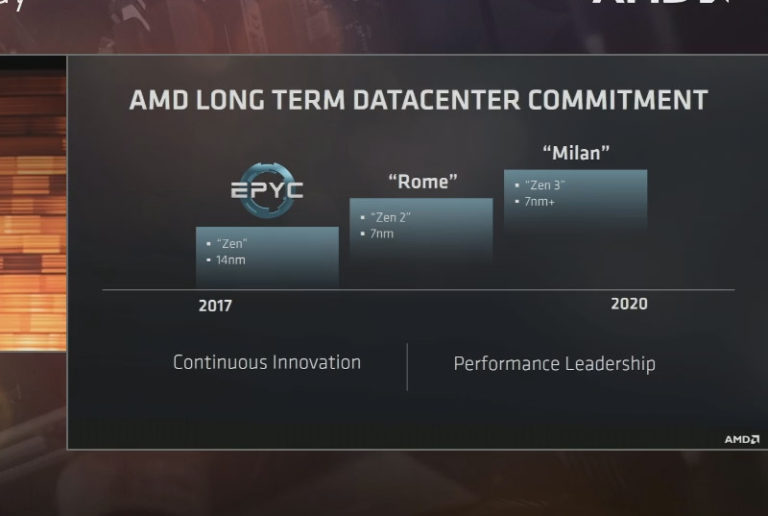The evolution that AMD’s Ryzen has had since its launching
Introduction
The new AMD’s Ryzen processors’ performance took everybody by surprise by taking us back to those times when the competition between AMD and Intel was much harder and when users were always introduced to better products at more attractive prices.
I do not know if it is already too late for AMD to go back to the position it had almost a decade ago, but Ryzen has undoubtedly given us back the hope for a less monopolized and more open PC world. Right now, no one doubts that Ryzen processors are a technical success, but it is too early to tell if they are also a commercial success since AMD does not provide sales figures. Today we will go over the progress that the product has made in the past few months, although it could not escape some controversy.
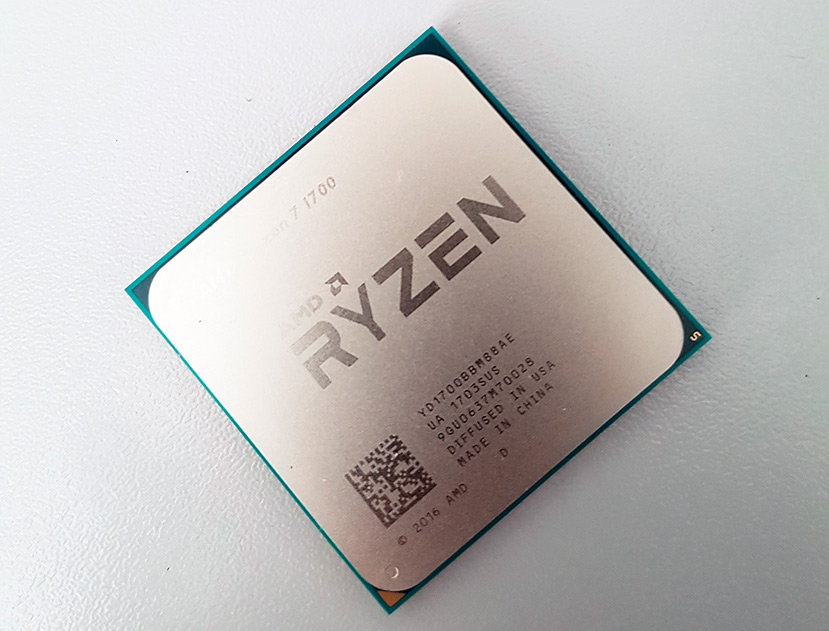
Software and programs optimization
Although x86 is a well-known architecture that has been around for some time, there is always room for resource optimization and performance improvement. All of this is usually done on several software levels where every one is equally, or even more important than the others.


